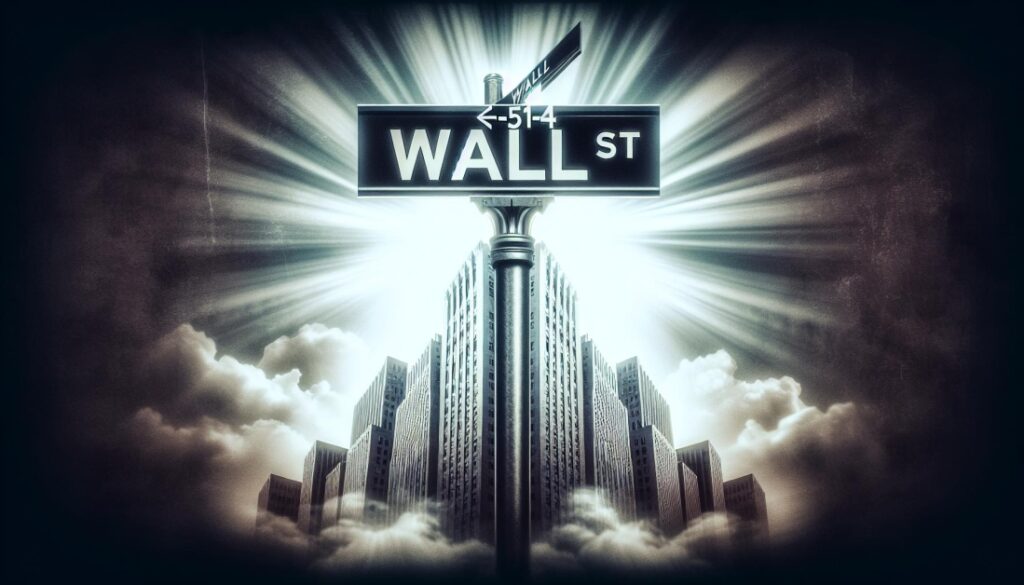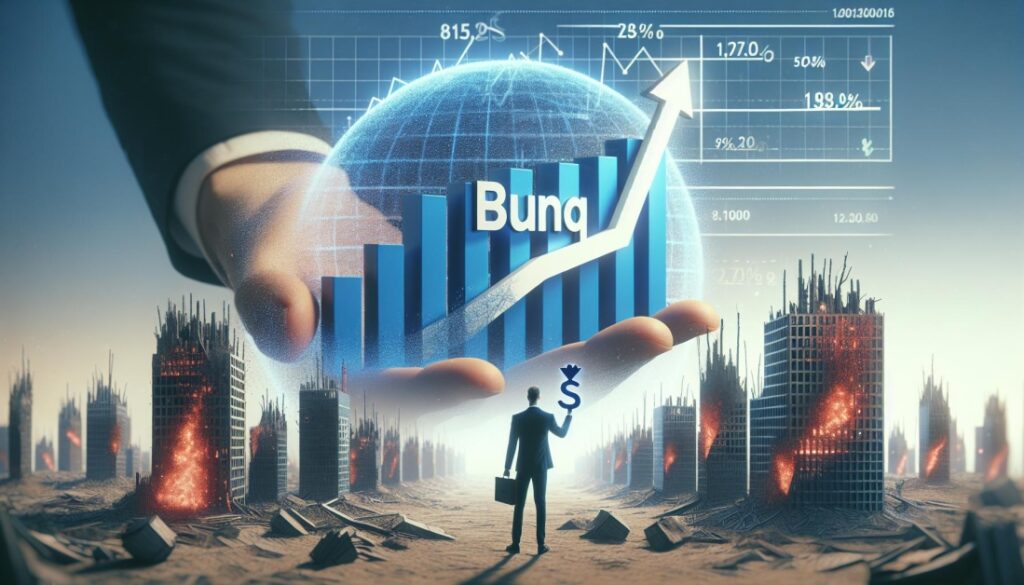Wall Street Is Threatening to Swallow Its Former Challenger

On the 15th anniversary of the Bitcoin white paper, if you’ve been paying attention you may not need to hear this, but those who haven’t been paying attention will be surprised: the end of October 2008 was a very bad time for money, markets and finance. Lehman Brothers was the most notable of these companies to collapse. The stock market was in a downward spiral while many other companies were on the verge of collapse. Central banks and governments tried to contain this catastrophe. Being caught up in the Bloomberg News bloodbath, I couldn’t sleep well.
The Bitcoin white paper was also published on October 31, 2008 - 15 years ago today. Since I was immersed in traditional finance at the time, I didn’t notice the cryptocurrency revolution starting, and neither did the rest of TradFi. After all, the financial system seemed to be on fire and we were busy.
Satoshi Nakamoto didn’t say it explicitly: The world needs a peer-to-peer system to move money and replace the Wall Street giants because they are untrustworthy, falling apart, etc. This was the feeling, when people embraced the idea of the Bitcoin blockchain and Bitcoin (BTC), the cryptocurrency.
Bitcoin has been turned on. BTC mining started and little things started happening. Pizzas were bought. The website that was originally used to exchange Magic: The Gathering cards grew into a massive crypto exchange and was then hacked. Blockchains have expanded with the introduction of other cryptocurrencies. Cryptocurrency prices have skyrocketed. Really skyrocketed. Idealists who believed in decentralization and the elimination of middlemen in finance adopted Satoshi’s concepts and turned them into reality. They also expanded it. There were also some charlatans involved.
Wall Street, TradFi and other financial institutions began to take notice. They sought to move traditional financial transactions onto blockchains and trade in “digital assets,” as they politely refer to cryptocurrencies.
We find ourselves in an ironic time. These financial titans have a growing influence in a market that, for many, was designed to put them out of business.
Take current history for example (aside from the Sam Bankman Fried fraud trial). Excitement over BlackRock, the largest asset manager in history, and its competitors attempting to list Bitcoin ETFs on the U.S. stock exchange boosted Bitcoin’s value last week. The bet was that these easy-to-trade products would lead to a flood of investments in BTC. BlackRock and ETF providers are poised to become the new Bitcoin whales if regulators approve these products. There is reason to believe they must.
CME Group, the owner of the Chicago Mercantile Exchange (CME), is also close to Binance is the largest crypto derivatives exchange in the world. CME’s product, a cash-settled futures contract, is essentially a bet on the price of Bitcoin; no BTC changes hands. The CME, which has its roots in 19th century agricultural commodities like corn and pork belly and is one of the major players in traditional finance, plays a significant role in crypto trading.
Wall Street’s BTC holdings are not the main concern. It’s notable that financial people have increasingly embraced the Bitcoin story, at least in the mainstream.
What does it mean that TradFi is moving to the top of the crypto world?
A note of caution: Bitcoin derivatives, including BTC ETFs, do not mean that financial bros have swallowed all cryptocurrencies. Bitcoin is not just crypto, even though its market capitalization is unusually high relative to the overall crypto market.
Blockchains like Ethereum and their Layer 2 networks like Polygon run smart contracts (software that govern financial and other applications) and have their own tokens that can be traded.
Even some TradFi members see this as a way to replace traditional financial methods with blockchain-based ones. This fits with Satoshi’s peer-to-peer vision, although many of those who have adopted this mentality earn salaries on Wall Street.
That brings us to our irony. TradFi will be here whether Bitcoin and crypto people like it or not. The level of their involvement depends on the wishes of regulators, and they are clearly not enthusiastic, as shown by the actions of the US Securities and Exchange Commission and the banking authorities.
Crypto will still have its crypto moments, like last week when the price of a run-of-the-mill token called HarryPotterObamaSonic10Inu skyrocketed.
Satoshi wrote 15 years ago: “We proposed an electronic transaction system that is not based on trust.”
Are users willing to trust other crypto shepherds after Sam Bankman Fried, Do Kwon and Alex Mashinsky showed, what can happen if you trust crypto natives? Will they abandon the herdsmen, as Satoshi may have hoped, or will they continue to trust them?





